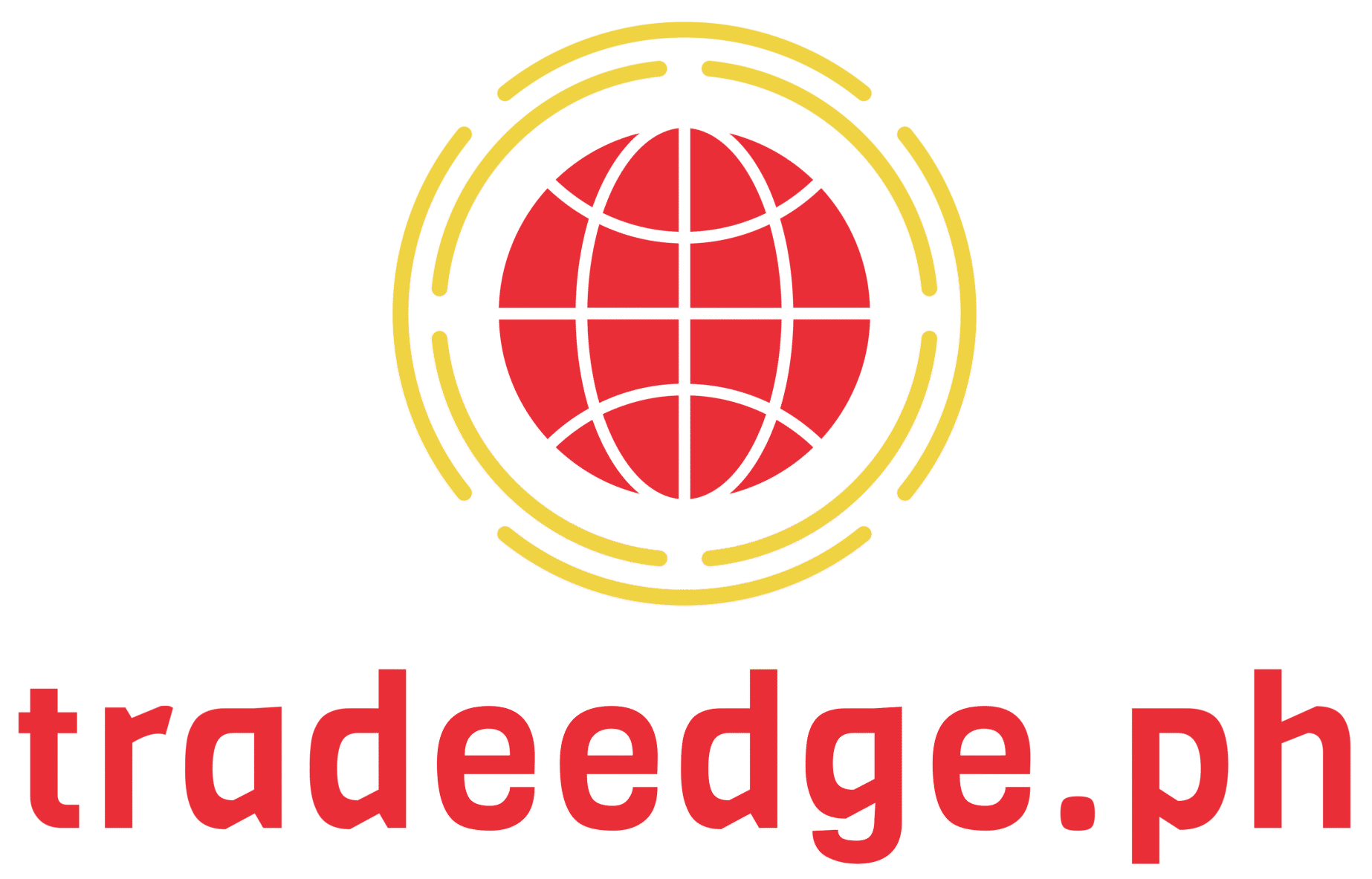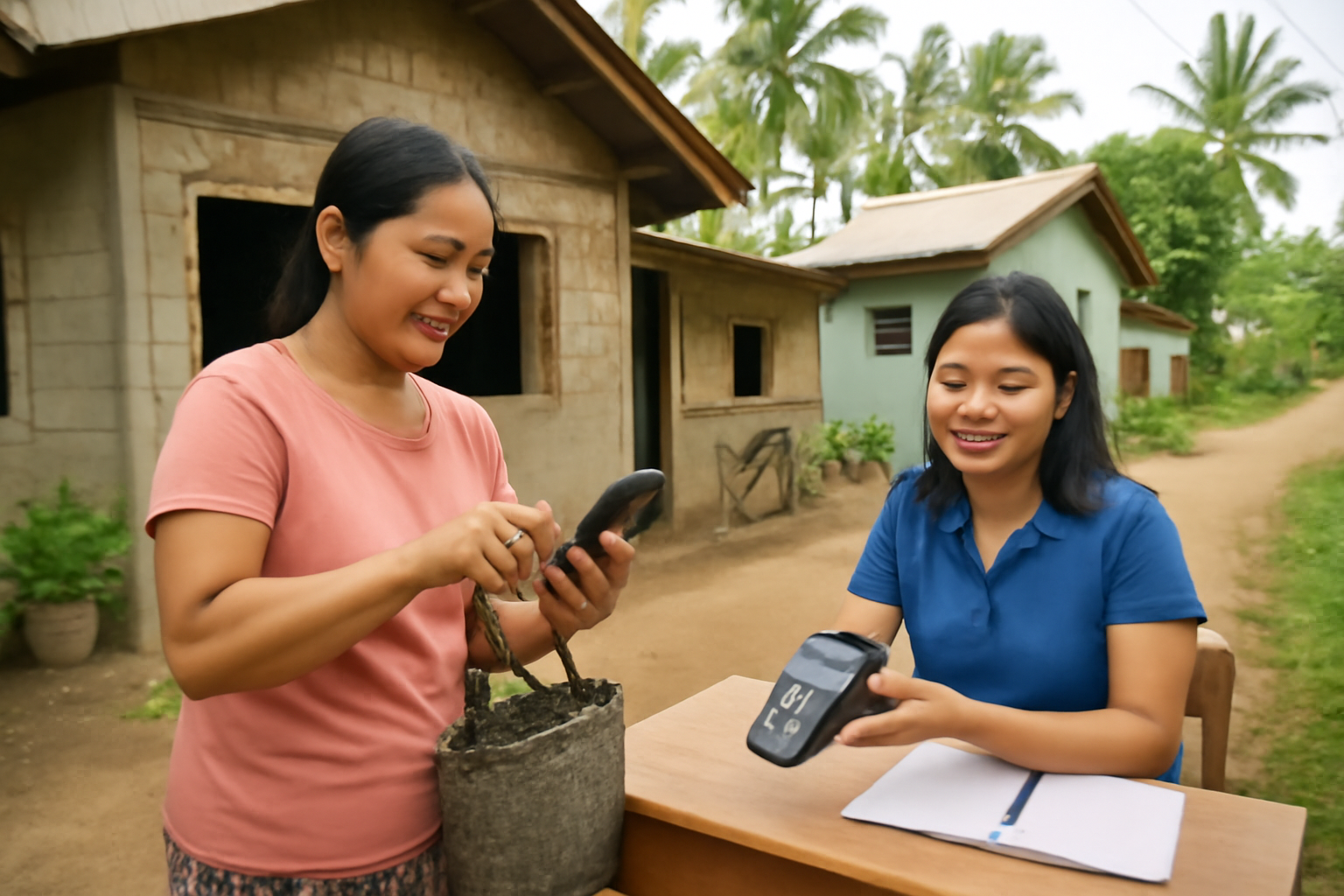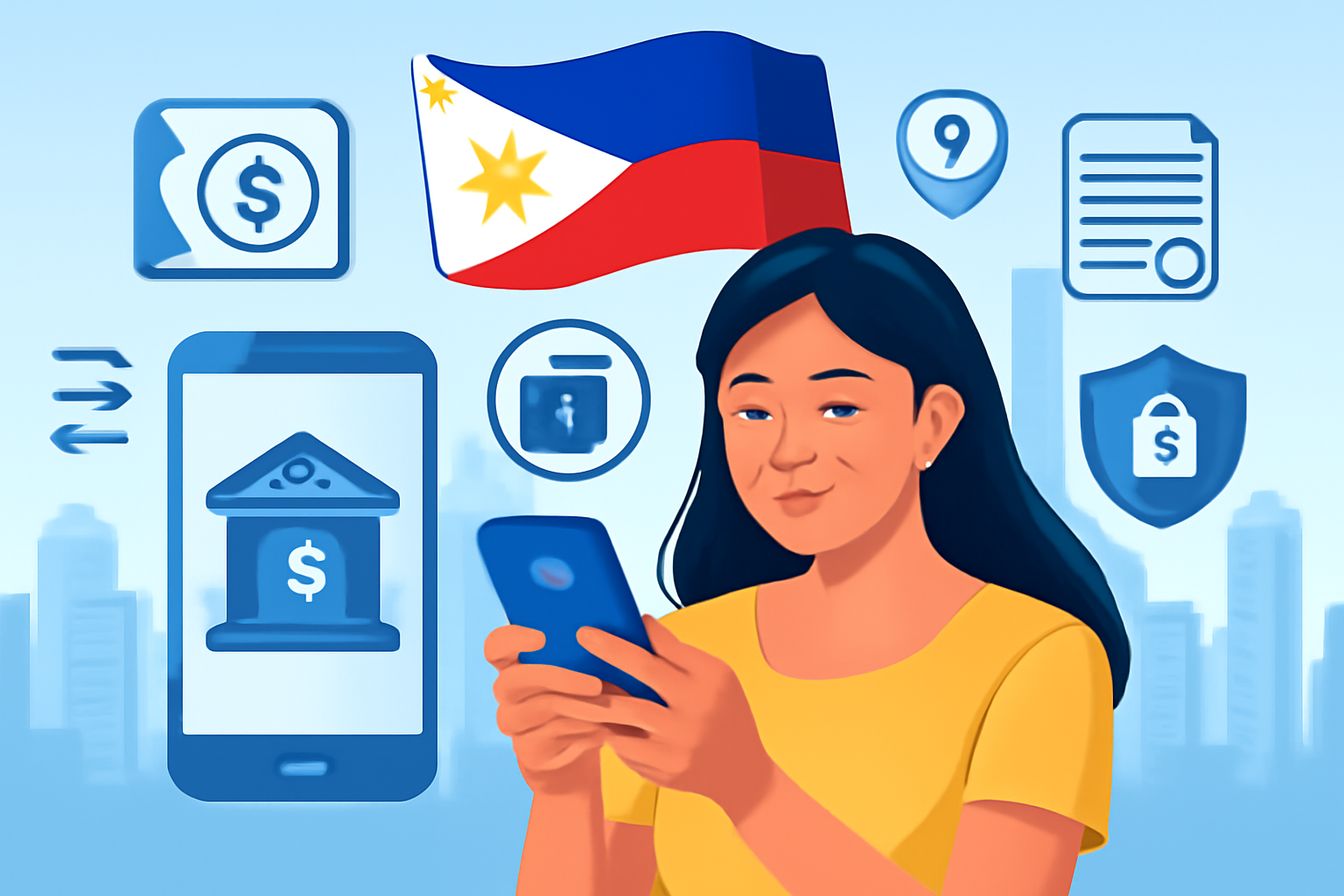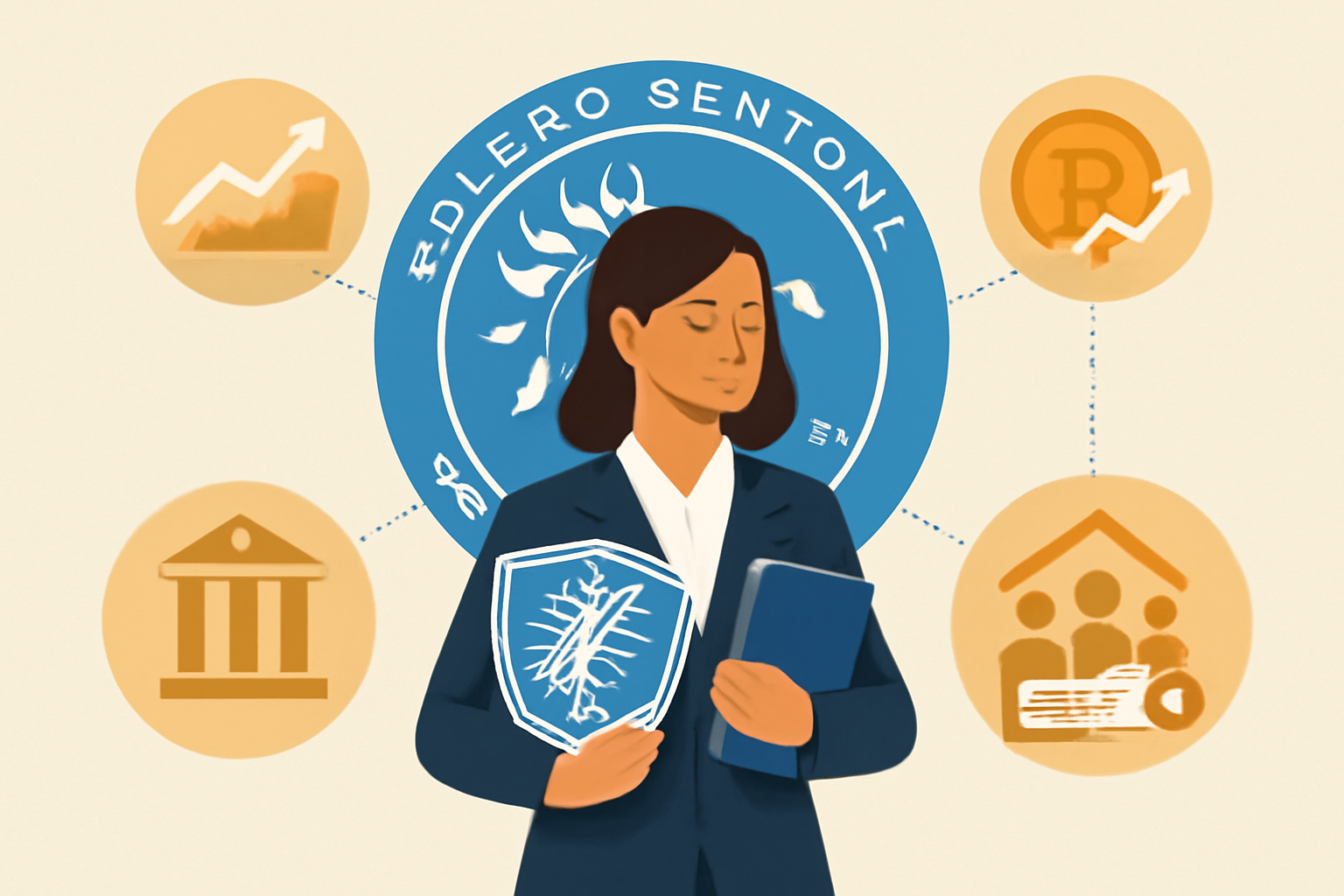In the Philippines, achieving financial inclusion for all is a challenging yet necessary goal. With a population of over 110 million and a vast archipelago that makes up the country’s geographical makeup, many Filipinos in remote areas struggle to access banking services. Traditional banks are typically concentrated in urban centers, leaving rural communities without easy access to essential financial tools like savings accounts, loans, and insurance.
Despite these challenges, financial inclusion is gaining momentum, driven by the collaboration of various stakeholders, including the government, private sector, and civil society. The government has recognized financial inclusion as an essential tool for reducing poverty and fostering economic growth. Its National Strategy for Financial Inclusion (NSFI) aims to provide affordable and accessible financial products and services for all citizens, particularly those in rural and remote areas.
The Philippine government’s focus on digital financial services has proven particularly effective. The rise of mobile money platforms, such as GCash, PayMaya, and others, has helped bridge the financial gap in areas where physical banking infrastructure is lacking. These services allow people to conduct transactions, pay for goods and services, and even access savings accounts using only their mobile phones. With an increasing number of Filipinos gaining access to smartphones and the internet, mobile wallets have become a primary tool for financial inclusion in the country.
Additionally, microfinance institutions (MFIs) are essential in reaching underserved populations. These organizations provide microloans to low-income families and small-scale entrepreneurs, empowering them to improve their livelihoods. MFIs also provide financial literacy training, helping borrowers understand how to manage their finances effectively and grow their businesses.
Cooperatives have also played a significant role in enhancing financial access in rural communities. Many local cooperatives offer low-interest loans, savings products, and insurance policies to their members, making them an accessible option for those who are excluded from traditional banking systems. The close-knit nature of cooperatives also fosters trust, which encourages people to engage with financial services.
However, while progress has been made, several challenges persist. Internet connectivity in remote areas is still a significant barrier, as not all regions have reliable mobile networks or internet access. Furthermore, financial literacy programs are still lacking, particularly in rural areas. Many Filipinos remain unfamiliar with how to use digital financial tools and may be hesitant to trust them. Overcoming these challenges requires continued investments in infrastructure and comprehensive financial education programs.




